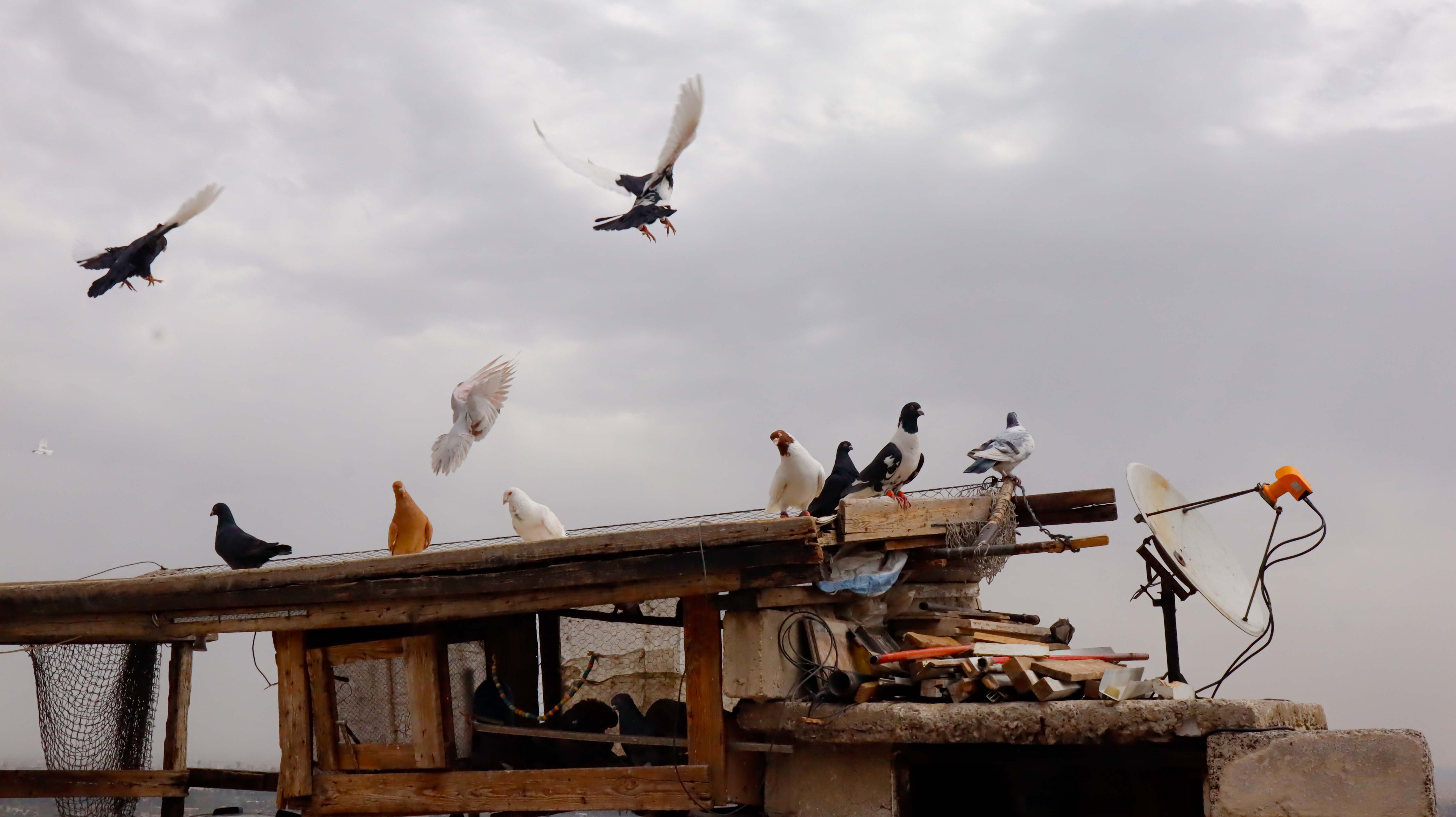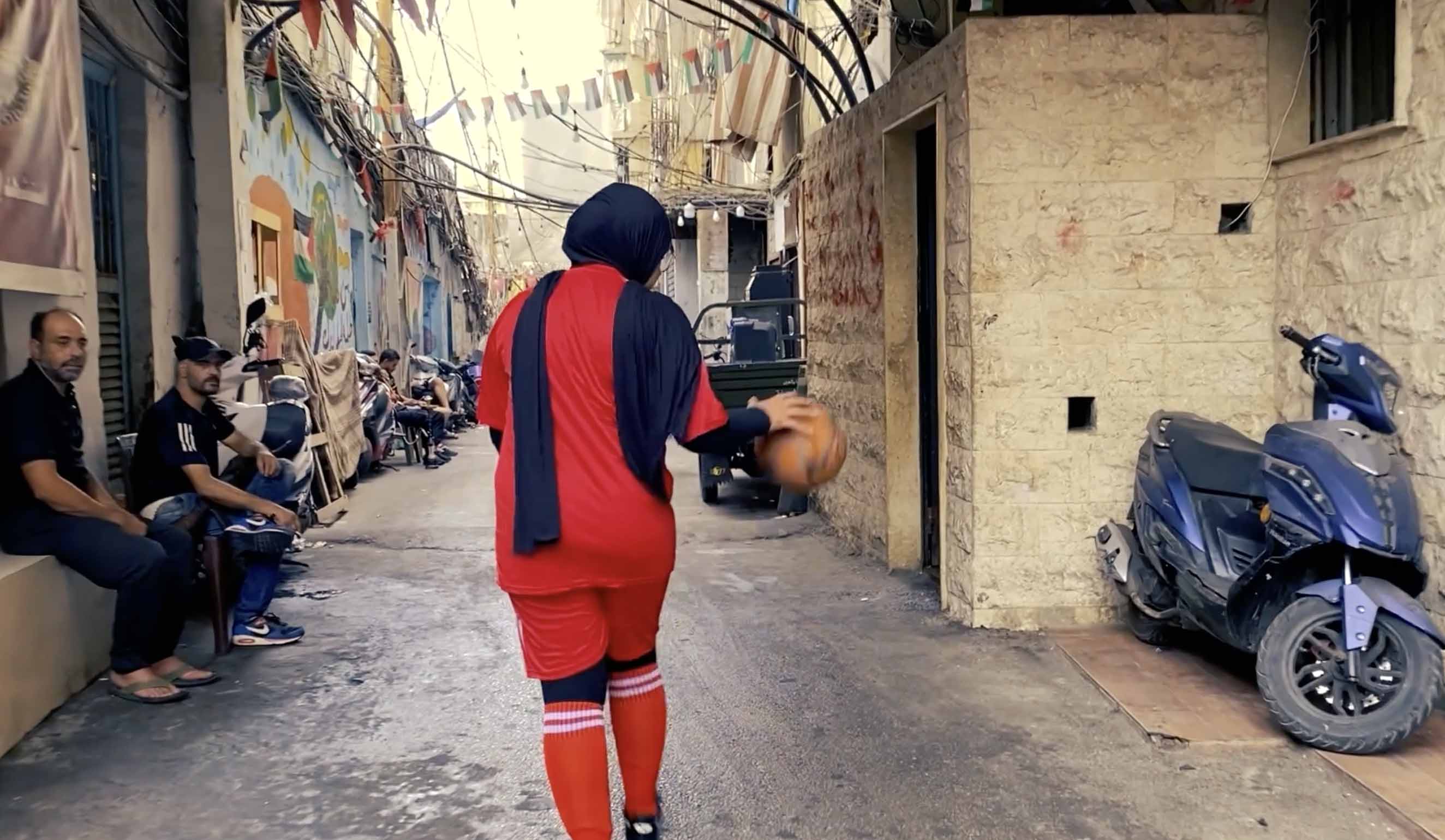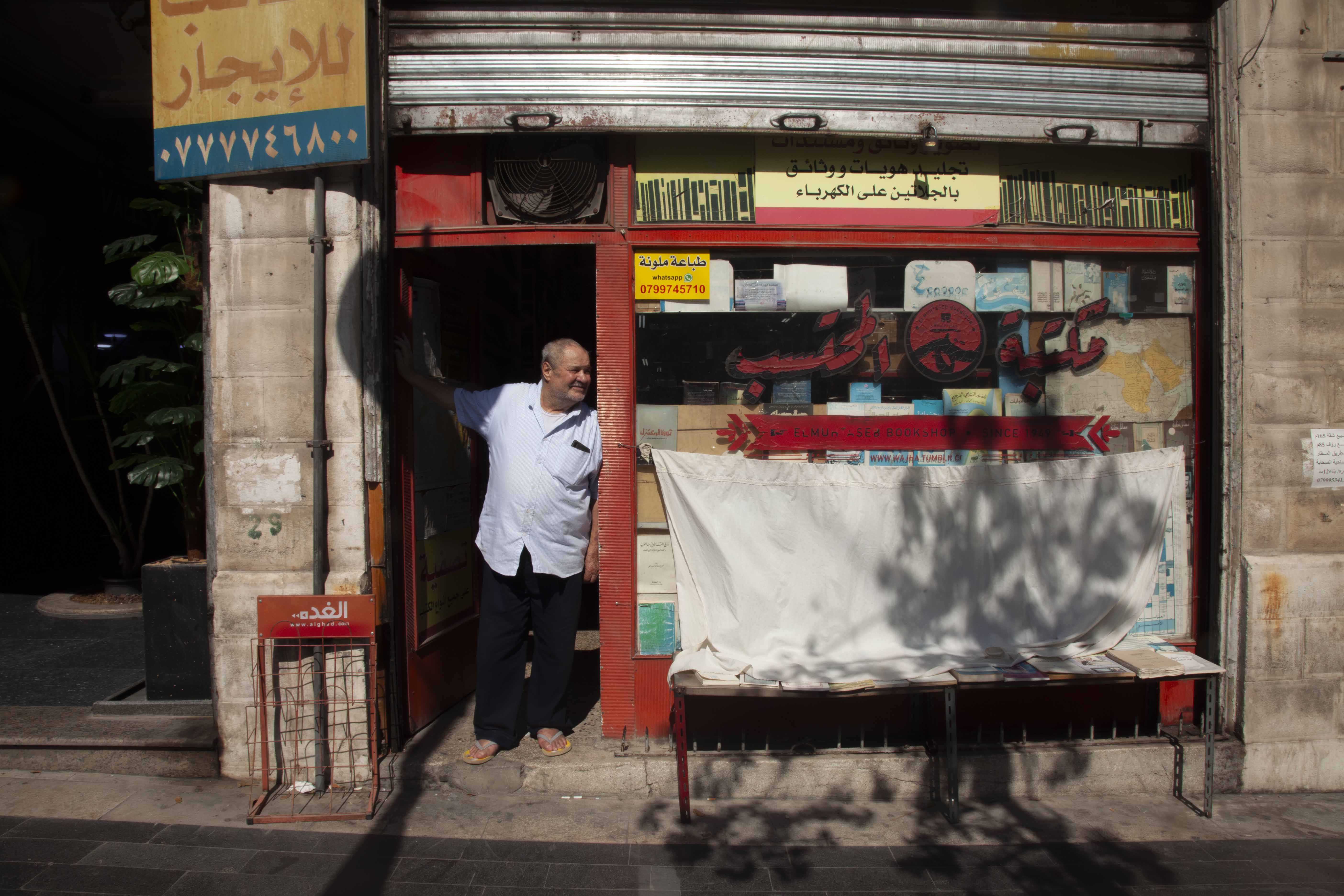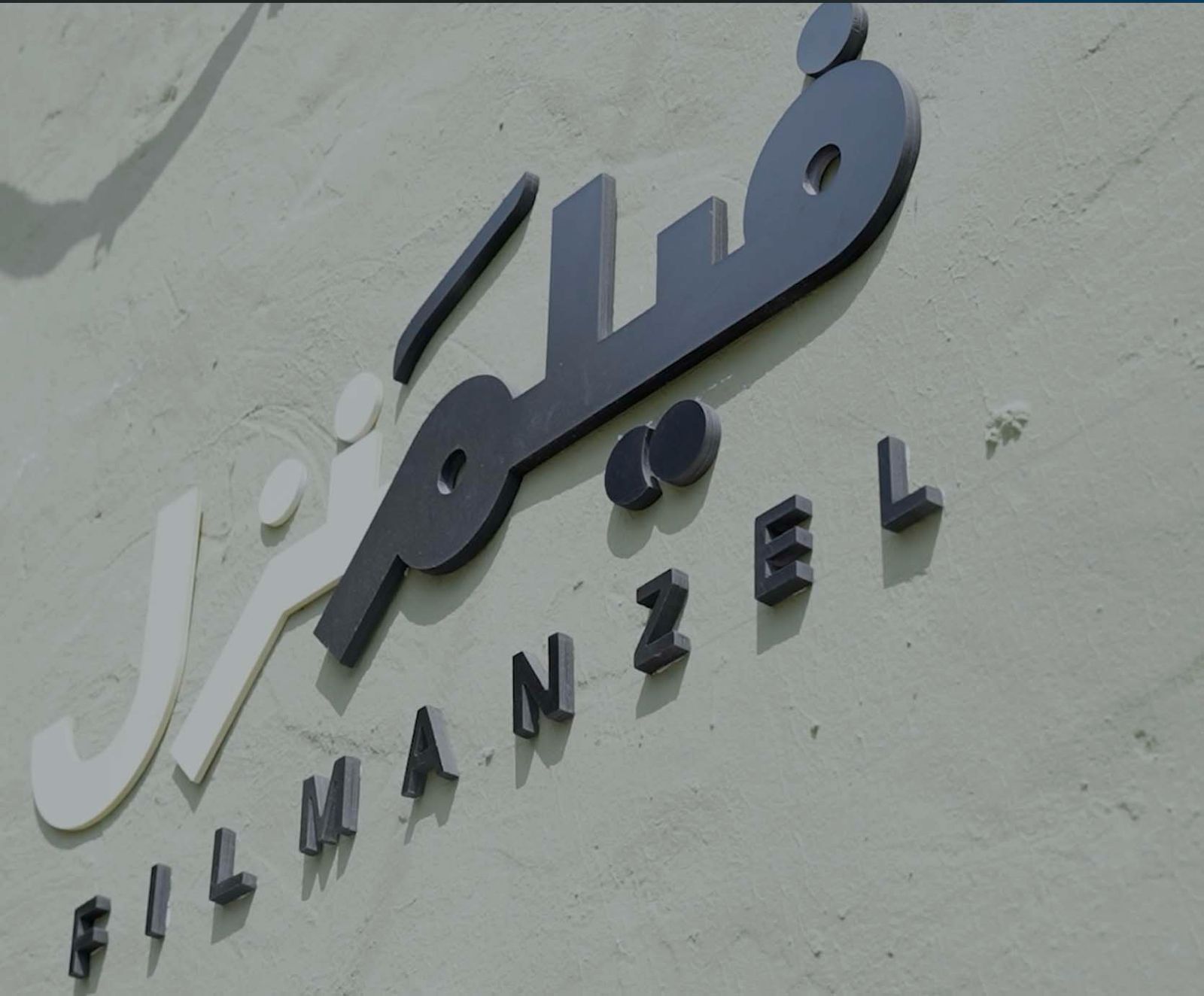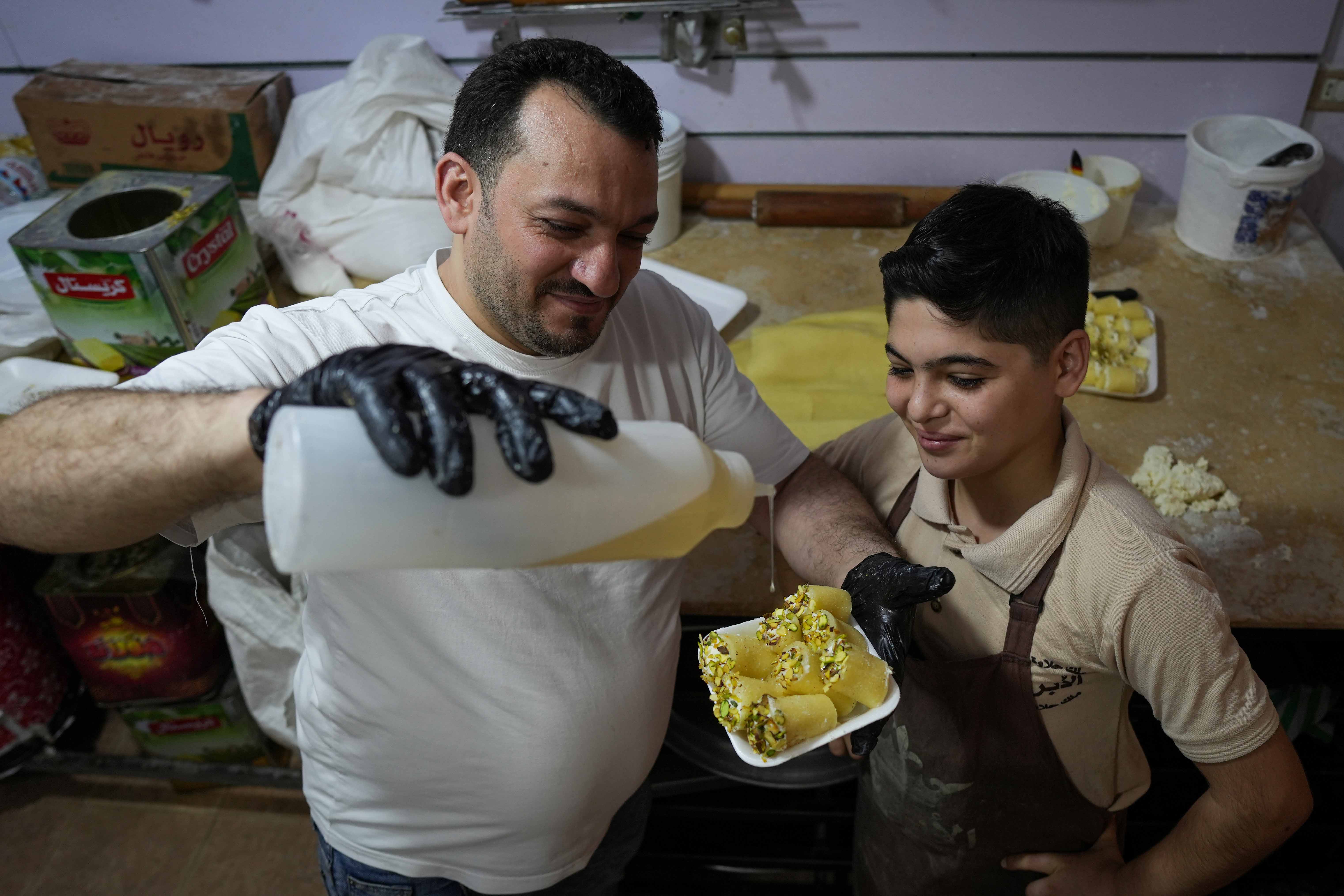In Syria, Damascus, countless homes—tall and low, with or without views—stretch across the city’s landscape. At first glance, the scene appears familiar and beautiful, until you realize it exists only in your imagination, shaped by laws that once restricted access to the rooftops of tall buildings. Going up to them was only allowed after obtaining many permits and approvals. Even then, your freedom on the rooftop was limited, monitored and constrained.
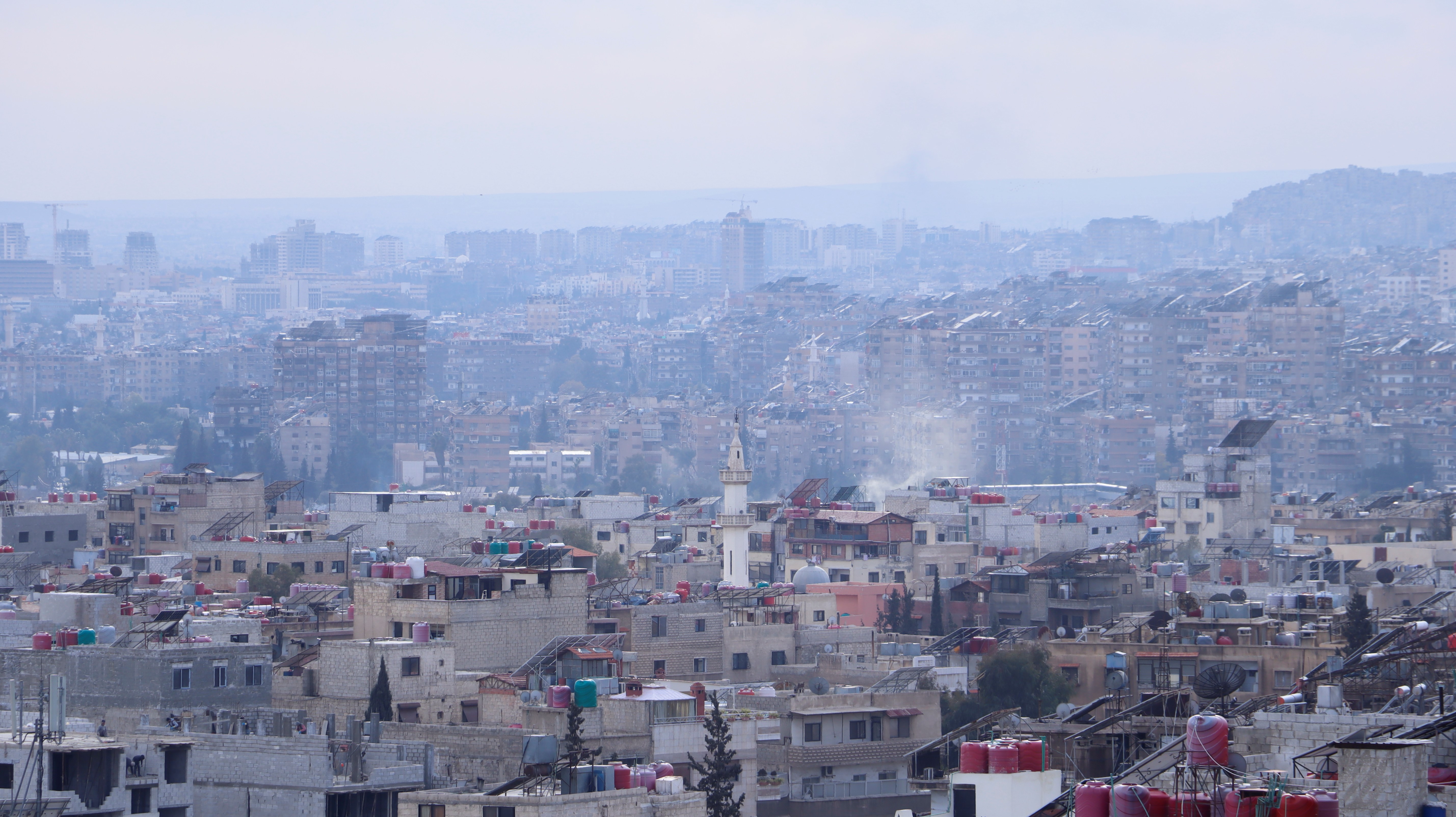

One such rooftop overlooked the military academy, the police college, and the military communications department all at once. Simply checking your water tanks or solar energy system required three security approvals—from each of these branches—along with a security escort who would stay with you until you finish your job, after the rooftop door would be locked once again.


The sensitivity of these areas made people afraid to even stand on their balconies and gaze down at their city. For many years, balconies remained abandoned, even though all their residents wanted was to drink a morning coffee or raise a few pigeons.

The restrictions weren’t limited to rooftops—they extended into the streets as well. Entire neighborhoods were banned to Syrians, closed-off alleys devoid of life. As if the city had transformed into a banned space for unknown and vague reasons.
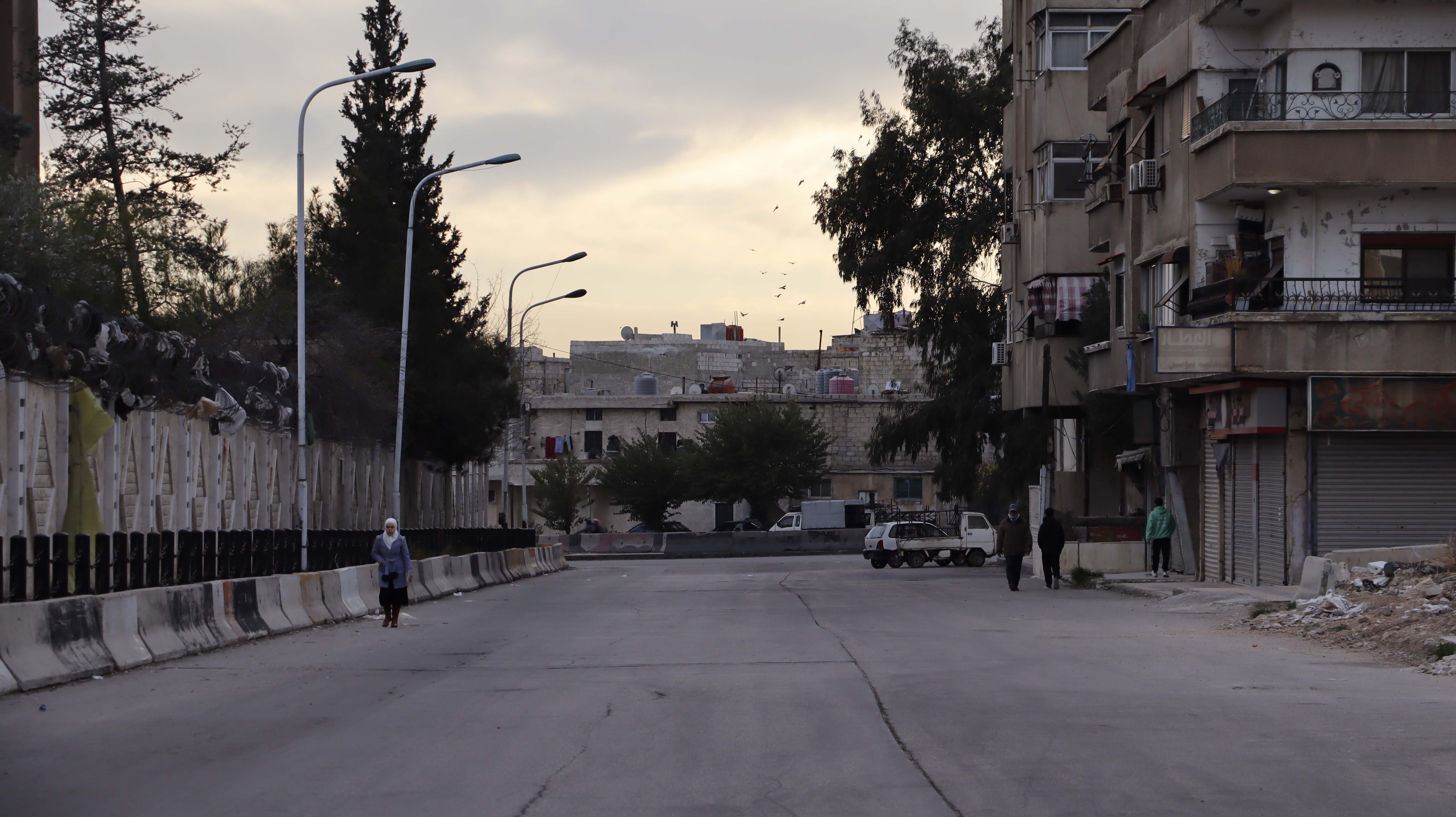
Today, the scene has changed, and we are beginning to look at Damascus with new eyes.
